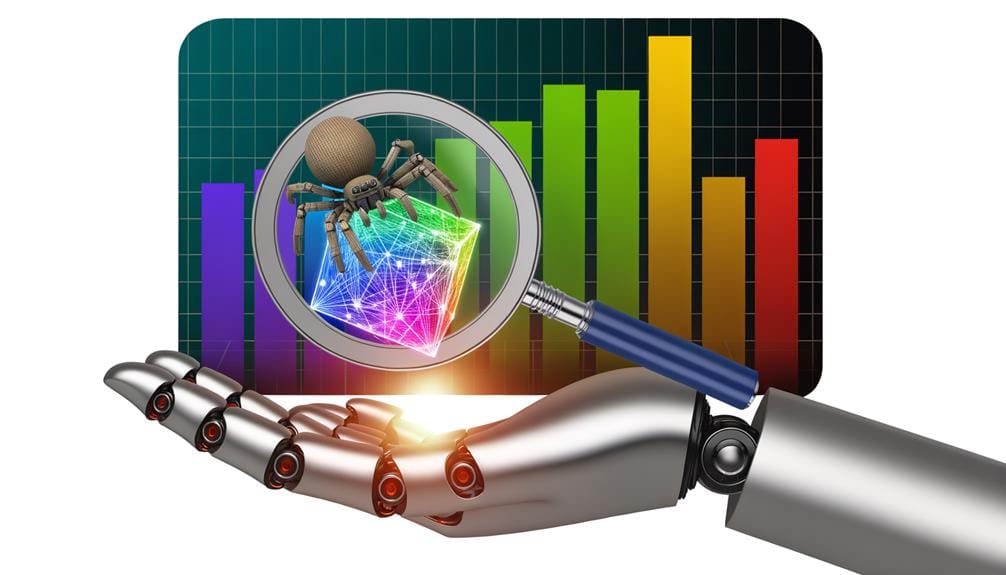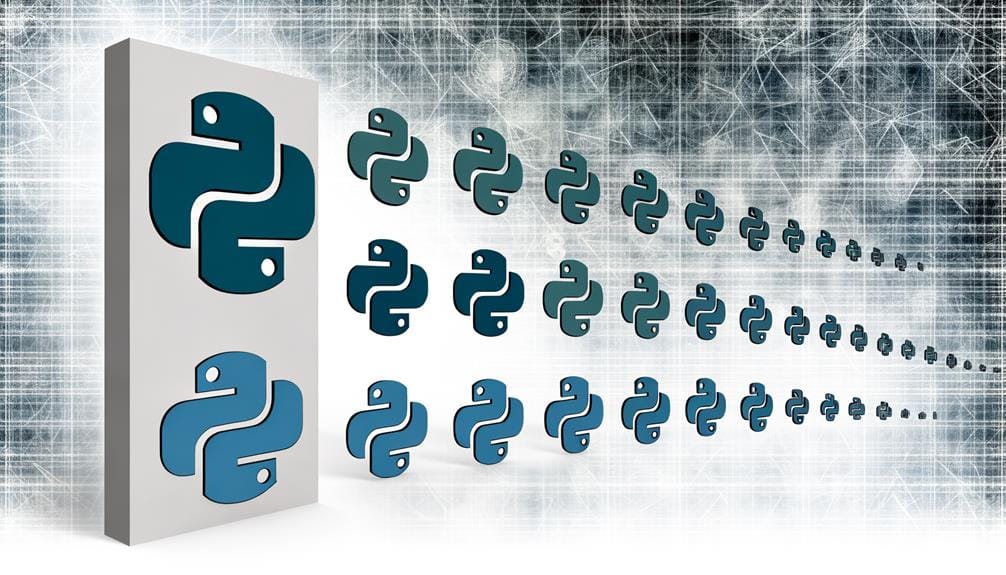BERT Extractive Summarizer revolutionizes extractive summarization, skillfully identifying and pulling crucial sentences from lengthy texts. It's a step ahead in the summarization process, offering time efficiency and fostering rapid information retrieval. The algorithm understands the intricate internal structure of articles and maintains the original intention, while succinctly highlighting key details. By adjusting unique parameters in the BERT configuration, the summarizer ensures optimal efficiency. This innovative tool elevates the standard of extractive summarization, grasping implicit associations in the text for nuanced summaries. Venturing further, one will discover the transformative impact of BERT in information condensation.
Key Takeaways
- BERT enhances the process of extractive summarization by accurately identifying key sentences in articles.
- The BERT Summarizer uses sentence embeddings for extractive summarization, ensuring an accurate representation of the source content.
- Calibration of the BERT Summarizer involves adjusting parameters like the number of layers, hidden units, and attention heads for optimal efficiency.
- The BERT algorithm is capable of understanding the internal structure of articles and recognizing semantic similarity between sentences, improving the quality of summarization.
- The use of BERT in summarization holds transformative potential, helping to condense information while maintaining the original intention of the source material.
Understanding Extractive Summarization
Diving into the realm of extractive summarization, one quickly realizes that it's a method that stands out by pulling key sentences directly from an article, offering a unique alternative to abstractive summarization which, in contrast, generates new sentences. Understanding summarization approaches, particularly extractive summarization techniques, requires a deep dive into its unique characteristics. It's essentially a process, wherein specific sentences are handpicked from the original text, forming a summary that directly reflects the content's core essence. The beauty of this approach lies in its precision and adherence to the source material, ensuring an accurate representation. Unlike its abstractive counterpart, it doesn't attempt to interpret or paraphrase, but rather captures the text in its original form, providing a clear, concise, and direct summary.
Challenges in Extractive Summarization
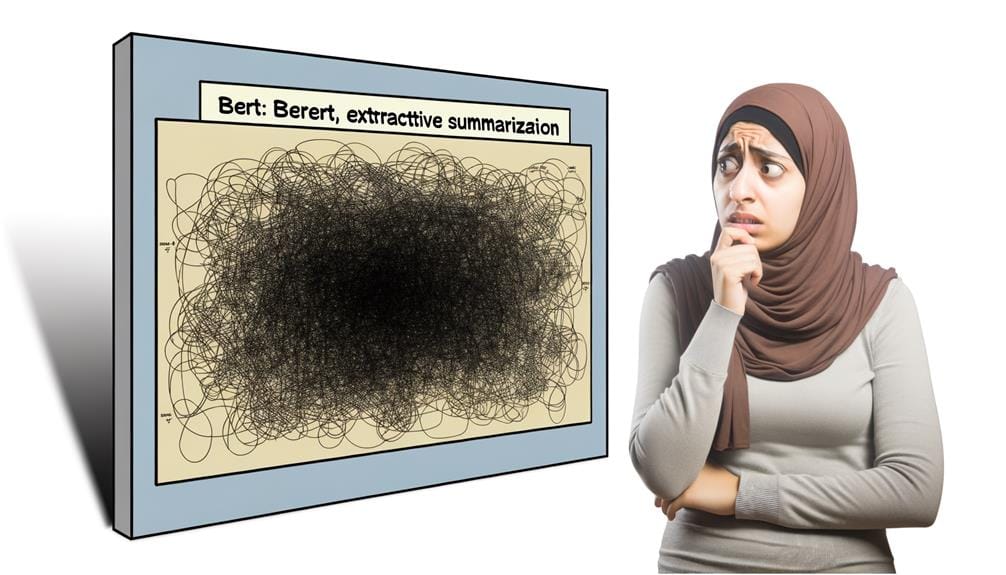
Navigating the landscape of extractive summarization, one encounters a myriad of challenges, chief among them being the problem of data scarcity for abstractive summarization and the complicated task of efficiently measuring the effectiveness of extractive summarization. Data scarcity often limits the depth of analysis, constraining the development of robust algorithms. This paucity in data is especially problematic when attempting topicality comparisons, as a diverse data set is crucial for comprehensive evaluations. Pertaining to efficiency measurement, the challenge lies in identifying a valid metric that can accurately capture the quality of summarization. The evaluation challenges are further compounded due to the subjective nature of text understanding, making it difficult to universally standardize the quality of summaries. These issues present significant roadblocks in the advancement of extractive summarization methods.
Extractive Summarization Scoring Methods

How do we gauge the effectiveness of extractive summarization methods? The answer lies in applying robust evaluation metrics and scoring techniques. The quality of extractive summarization is often evaluated using metrics like ROUGE (Recall-Oriented Understudy for Gisting Evaluation) and BLEU (Bilingual Evaluation Understudy). These metrics measure the overlap between the generated summary and the reference summary, providing a quantitative assessment of the system's performance.
Here's a comparison of the two:
| Evaluation Metric | Description |
|---|---|
| ROUGE | Measures overlap of n-grams between system and reference summaries |
| BLEU | Compares co-occurrences of n-grams in system and reference summaries |
Utilizing BERT for Article Summarization
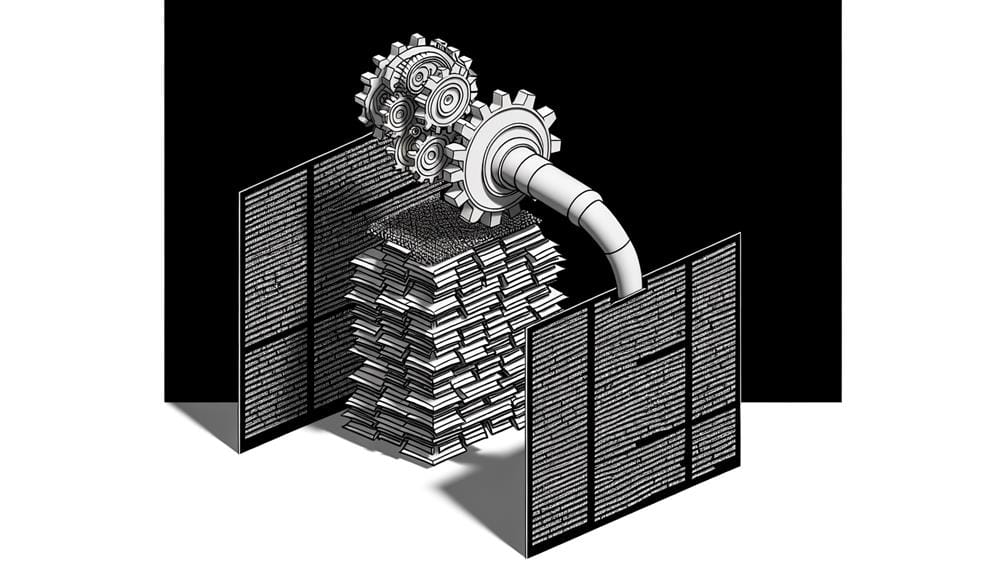
Embracing the power of BERT, a transformer-based machine learning technique, can notably enhance the process of article summarization, paving the way towards an efficient extractive summarization approach. BERT summarization techniques have proven to be a game changer in this domain, by understanding the context of words within the article. The algorithm identifies and extracts key sentences that capture the essence of the content, thus providing an accurate summary. The article summarization benefits are manifold. They include saving readers' time, making content more digestible, and supporting swift information retrieval. More importantly, BERT's ability to maintain the original intention of the article while summarizing, sets it apart from other methods. This innovative application of BERT, hence, promises a transformative impact in extractive summarization.
Configuration of BERT Summarizer
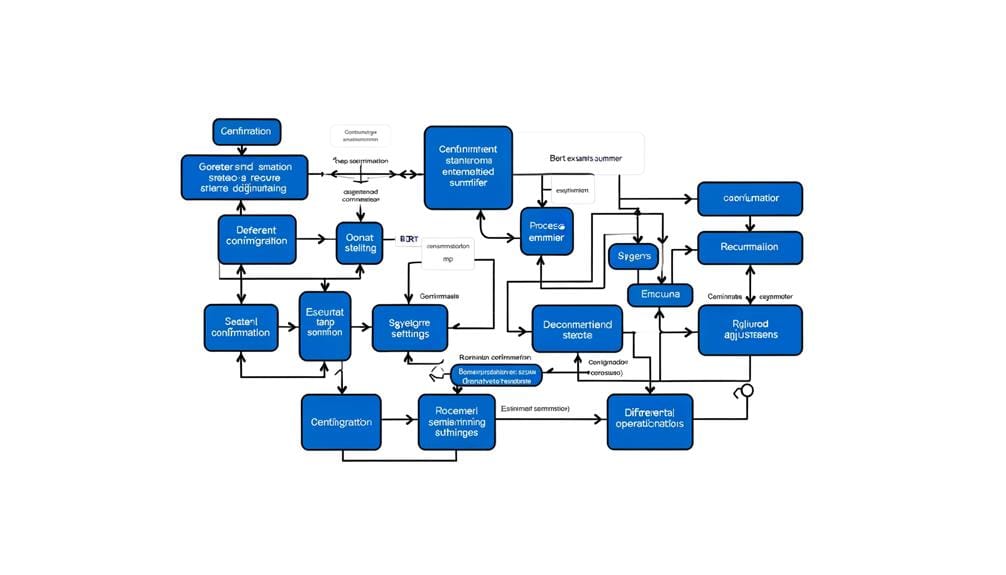
Delving into the configuration of BERT Summarizer, it's important to note that the tool relies heavily on BERT sentence embeddings for extractive summarization, offering an innovative approach to condense text effectively and accurately. The BERT summarizer parameters are meticulously designed to ensure optimal summarizer efficiency. The configuration process is characterized by precision, involving the calibration of the model's parameters such as the number of layers, hidden units, and attention heads. This meticulous configuration ensures a robust model that can grasp the nuances of the text. Moreover, the BERT Summarizer leverages the transformer architecture, which enables the model to handle long-range dependencies in the text, thus enhancing the quality of the generated summary.
Advantages of BERT in Summarization
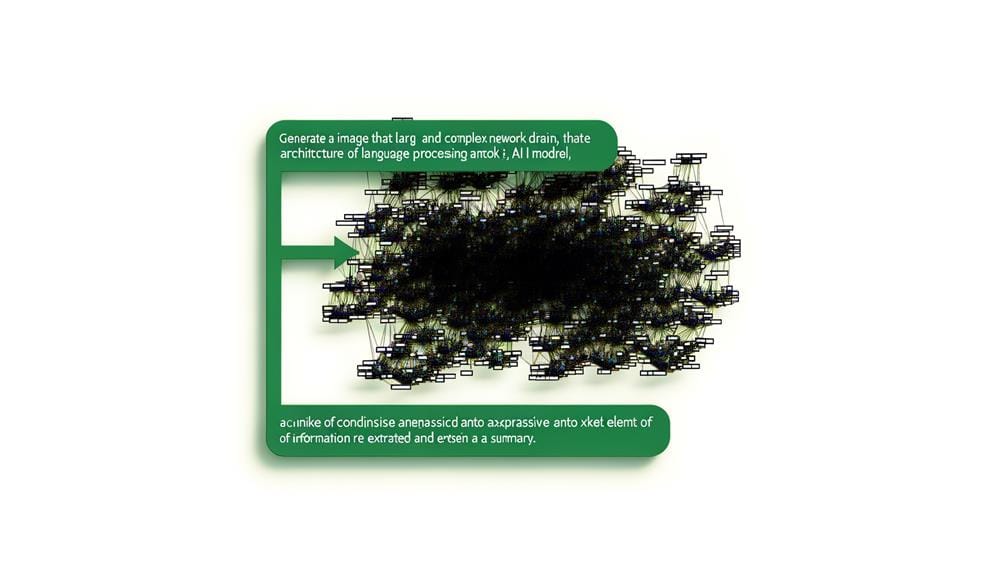
Leveraging BERT for summarization presents a plethora of advantages, chief among them being its exceptional ability to grasp the intricate internal structure of articles, leading to more nuanced and contextually accurate summaries. BERT summarization benefits extend beyond just accuracy. It also unravels the implicit associations in texts, thereby enhancing the quality of extractive summarization. One of the notable extractive summarization advantages is its ability to maintain the originality of the source content while highlighting the essential points. Moreover, BERT's deep learning model excels at recognizing the semantic similarity between sentences, thus improving the coherence and relevance of the summary. Consequently, BERT's capabilities significantly elevate the standard of extractive summarization, making it a powerful tool for information condensation.
Practical Applications of BERT Summarizer
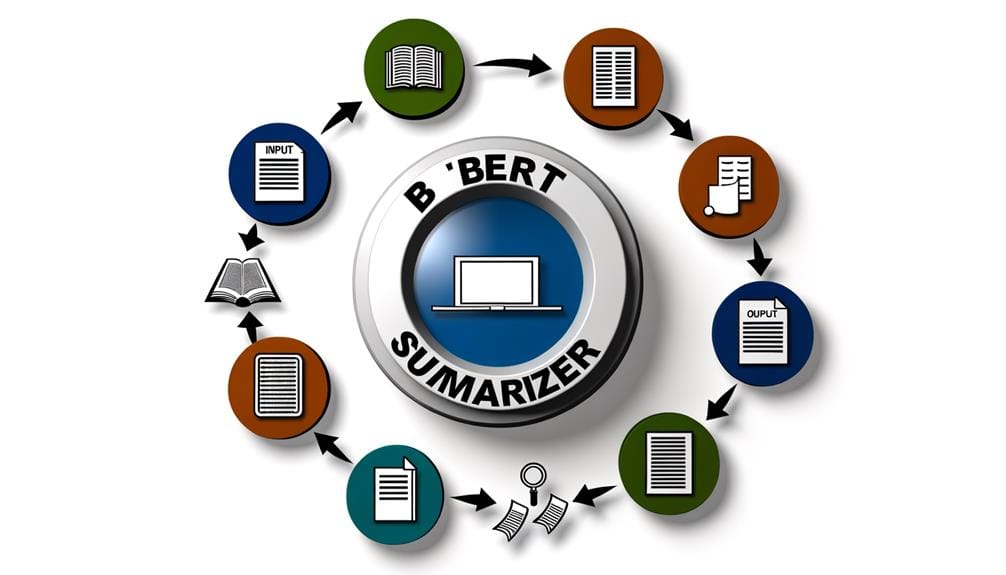
Given the considerable benefits of BERT in summarization outlined earlier, it's compelling to explore its real-world applications that further underscore its utility and versatility. In the news industry, applications of BERT summarizer are transforming how articles are distilled, allowing for rapid dissemination of key points. Market research firms are using it to condense lengthy reports into digestible summaries. In the healthcare sector, it's used to summarize medical records, assisting doctors in swiftly understanding patient histories. Educational institutions are leveraging it for summarizing lengthy texts, aiding in study efficiency. These real-world examples highlight the versatility of BERT, underscoring its potential in diverse fields where information overload is a persistent challenge.
Future Potential of Extractive Summarization

In the realm of information management, the future potential of extractive summarization is immense, with technological advancements set to enhance its accuracy, efficiency, and adaptability. As we delve into the potential applications, we uncover promising innovations:
- Automated news briefings: Creating succinct summaries from vast news articles.
- Academic research: Aiding scholars by summarizing complex research papers.
- Customer reviews: Aggregating customers' feedbacks for businesses.
- Legal documentation: Summarizing lengthy legal texts for easy comprehension.
- Healthcare: Summarizing patients' medical histories.
Such advancements promote efficiency in various sectors, allowing individuals and businesses to process information faster. With continued research, the accuracy and adaptability of extractive summarization will undoubtedly improve, making it a vital tool in our fast-paced, information-driven world.
Frequently Asked Questions
What Are the Limitations of BERT Extractive Summarizer?
While BERT Extractive Summarizer excels at understanding context, it's not without limitations. Its summarization accuracy can be compromised with complex, nuanced texts, as it merely pulls existing sentences rather than creating new ones. It might miss crucial information that's not explicitly stated. Moreover, it doesn't always maintain the original text's tone or style. Therefore, despite its strengths, there's room for improvement in BERT's summarization capabilities.
How Does BERT Summarizer Compare to Other Extractive Summarization Tools?
Like a skilled jeweler assessing gems, BERT summarizer outshines many extractive tools in summarization accuracy, cutting through irrelevant details with unparalleled precision. Its speed comparison also stands out, processing information faster than a hawk's dive. However, it's not without its flaws, as it can struggle with complex linguistic nuances. Despite this, its innovative design and attention to detail make it a formidable player in the realm of extractive summarization.
Can BERT Summarizer Be Used in Languages Other Than English?
Absolutely, BERT Summarizer's multilingualism allows it to work with languages other than English. However, for optimal performance, it's recommended to use language-specific tuning. This means adjusting the model to better understand the nuances, grammar, and vocabulary of the specific language. This innovative approach ensures the summarizer is as effective in other languages as it is in English, broadening its usability and versatility.
What Are the System Requirements for Running the BERT Extractive Summarizer?
The BERT Extractive Summarizer requires a high performing computer with a robust GPU for smooth execution. It's like a race car that needs a powerful engine to hit top speeds. The Summarizer's adaptability allows it to process various languages, but it needs efficient hardware for performance optimization. The machine should have a strong processor, ample RAM, and good storage. It's essential to meet these requirements for the system to handle the demanding tasks of the Summarizer.
How Does the BERT Summarizer Handle Highly Technical or Scientific Content?
BERT's algorithmic complexity shines when summarizing technical or scientific content. It's adept at understanding context, even when it's loaded with technical jargon. BERT identifies key sentences, distilling the essence without losing vital information. It's innovative, able to handle complex, specialized terms. So, even if the text is highly technical, BERT's extractive summarization provides a clear, concise summary.

